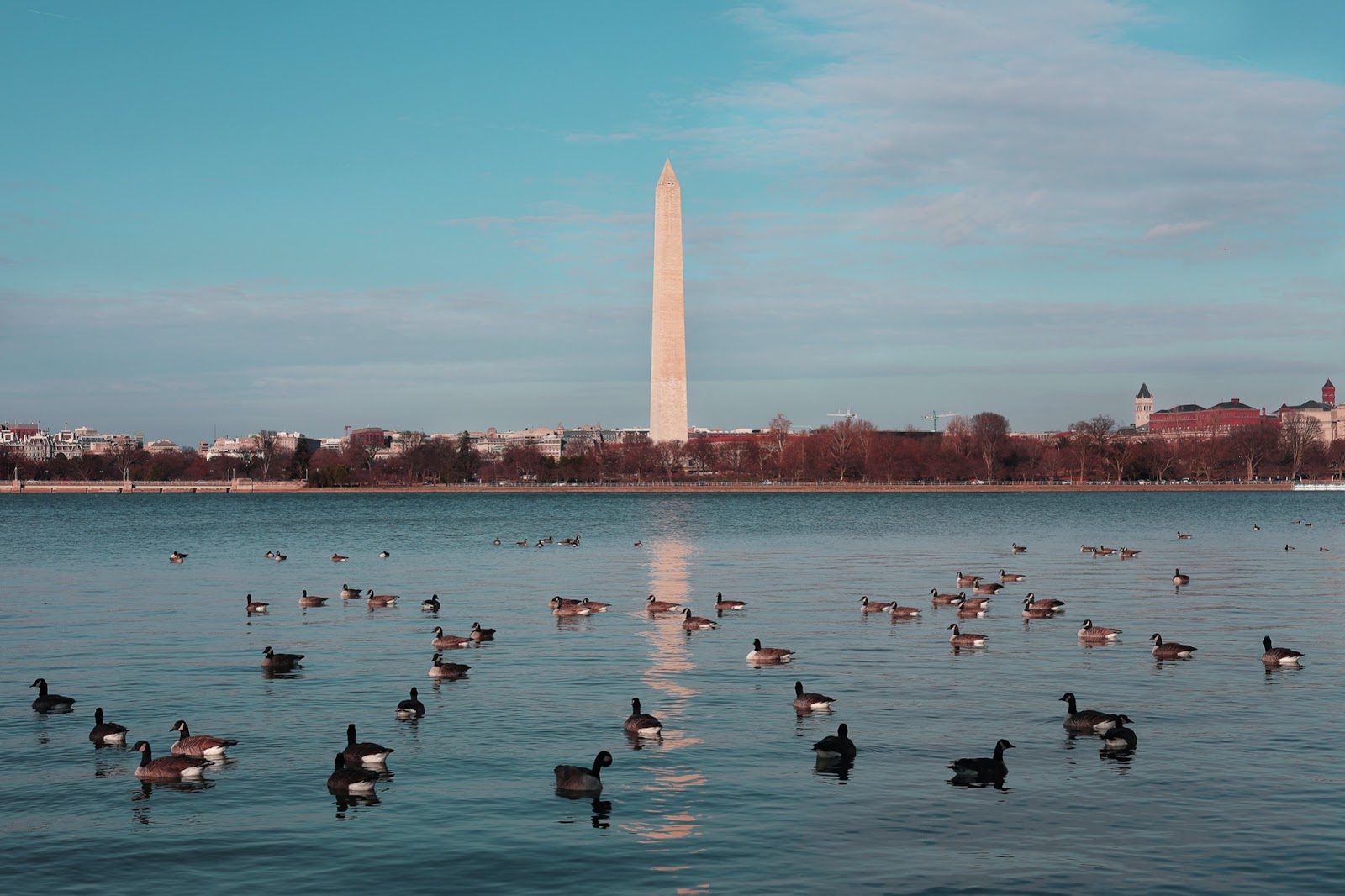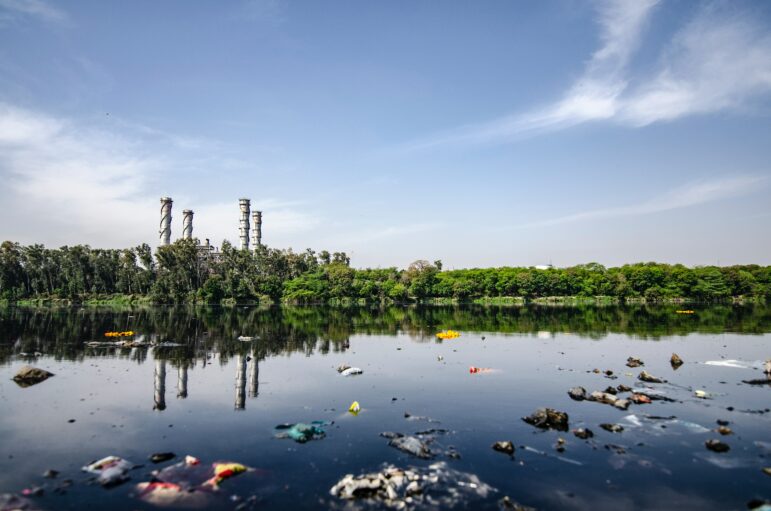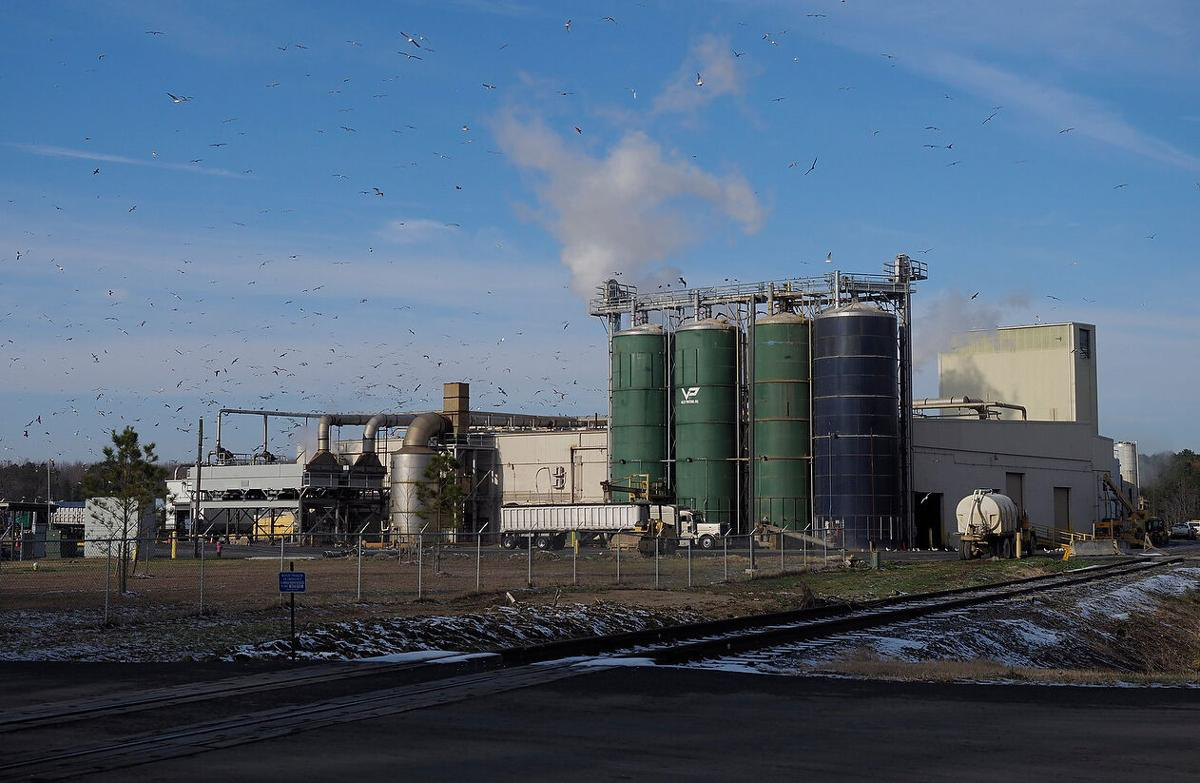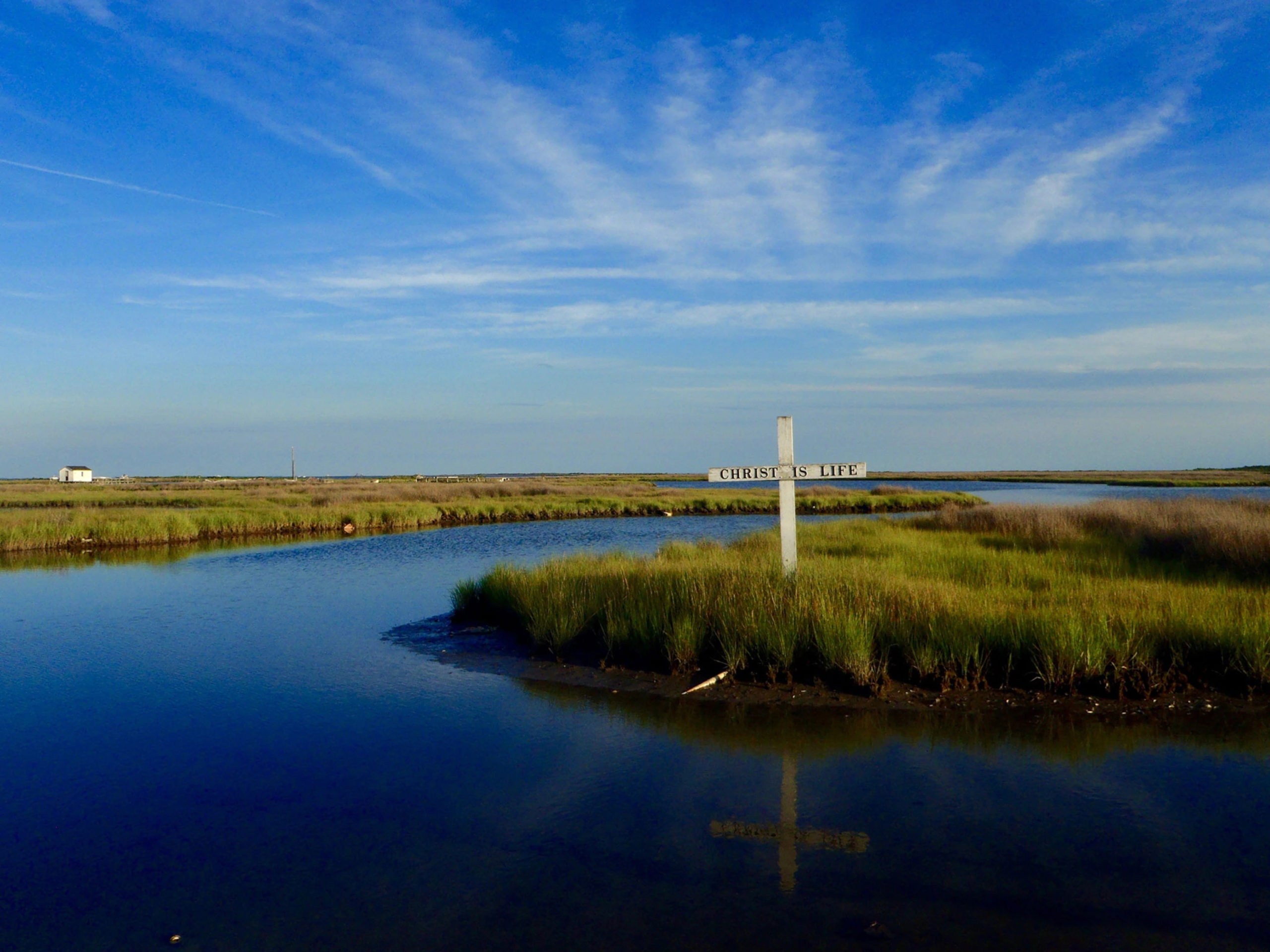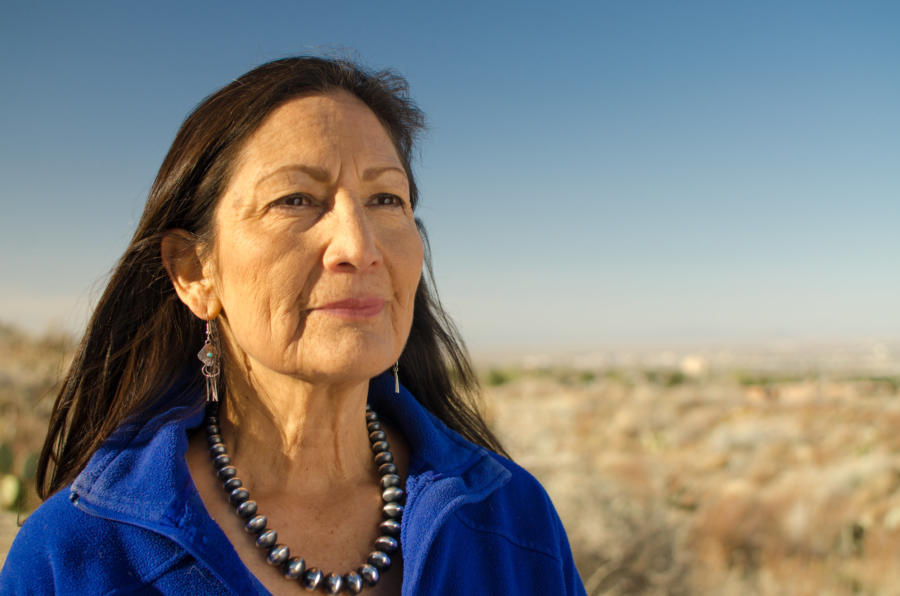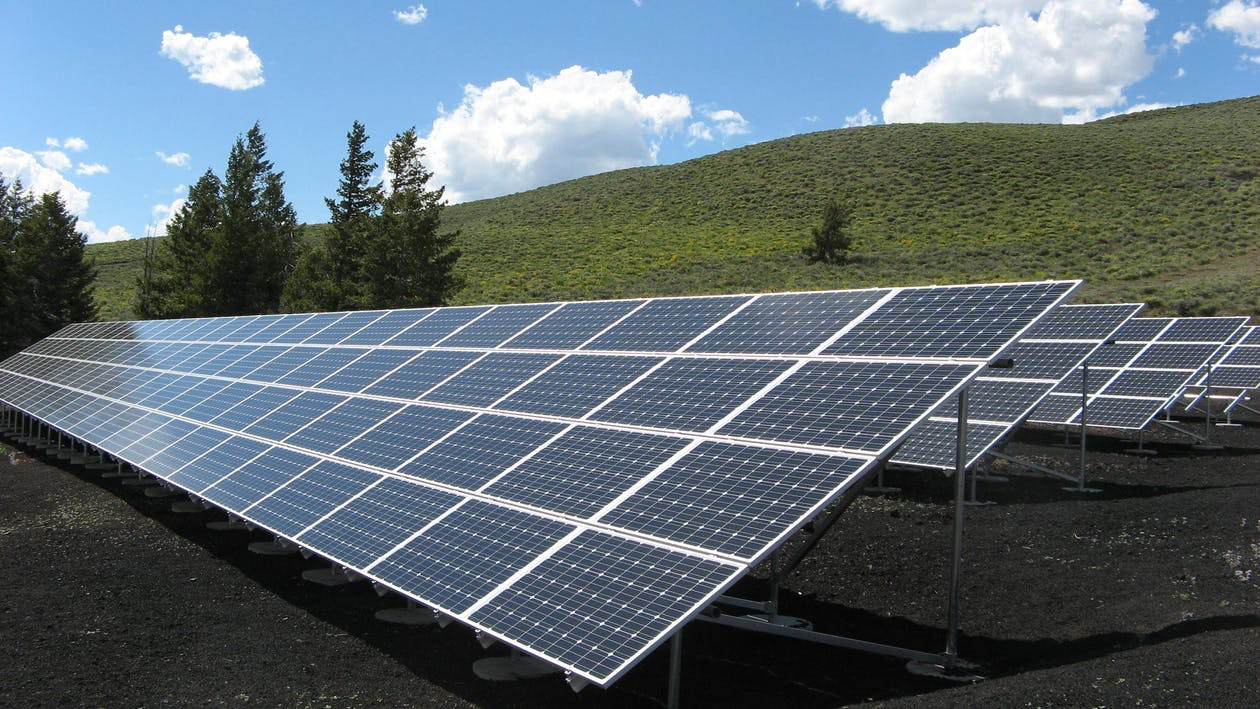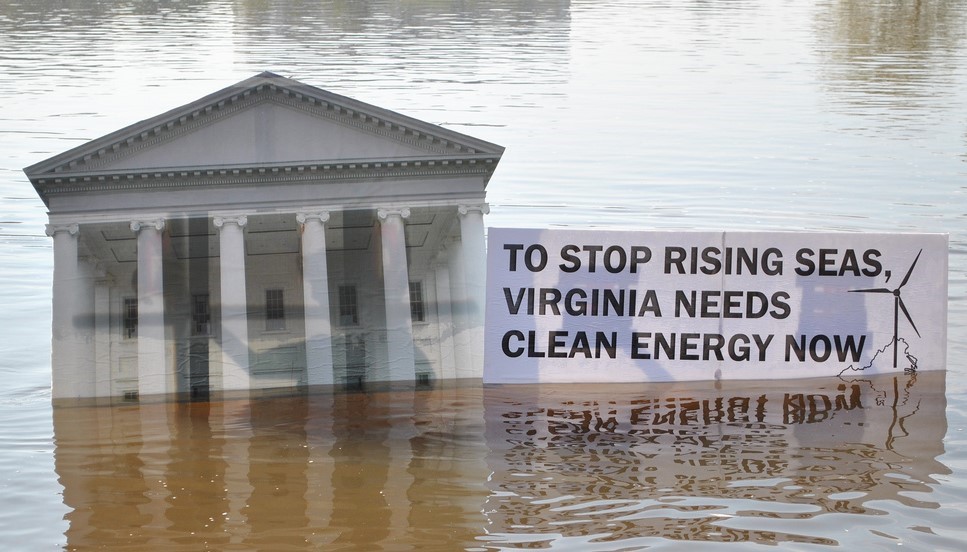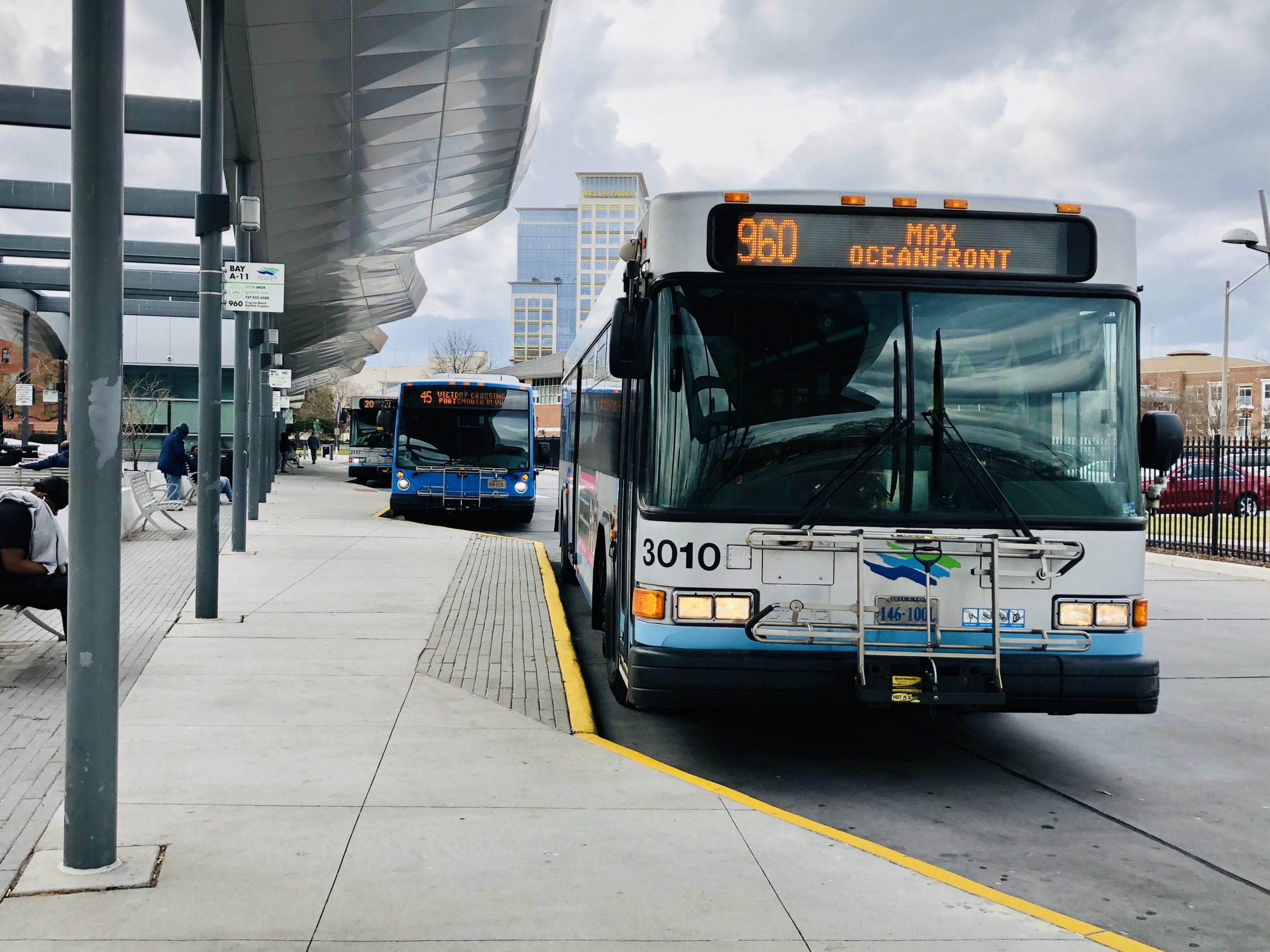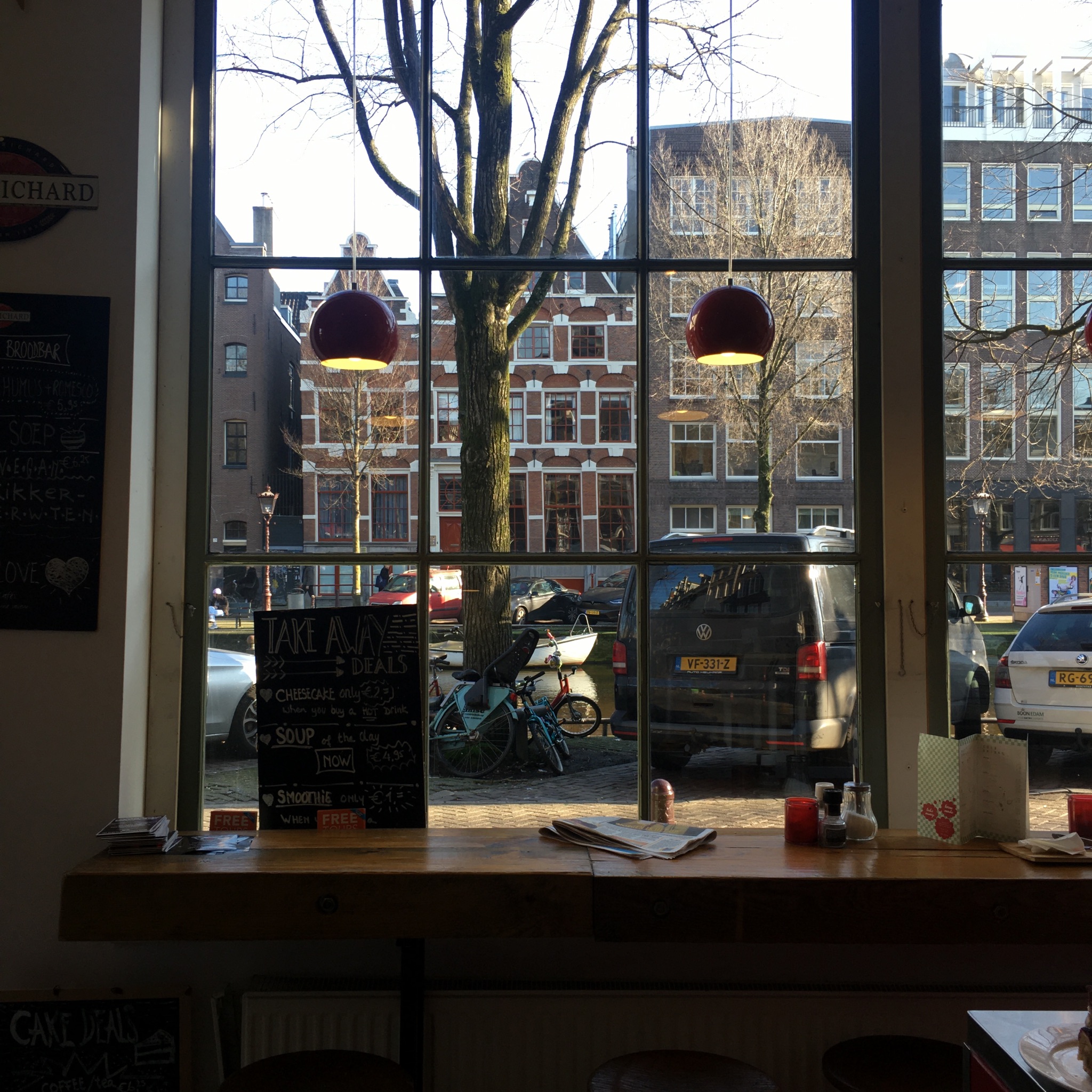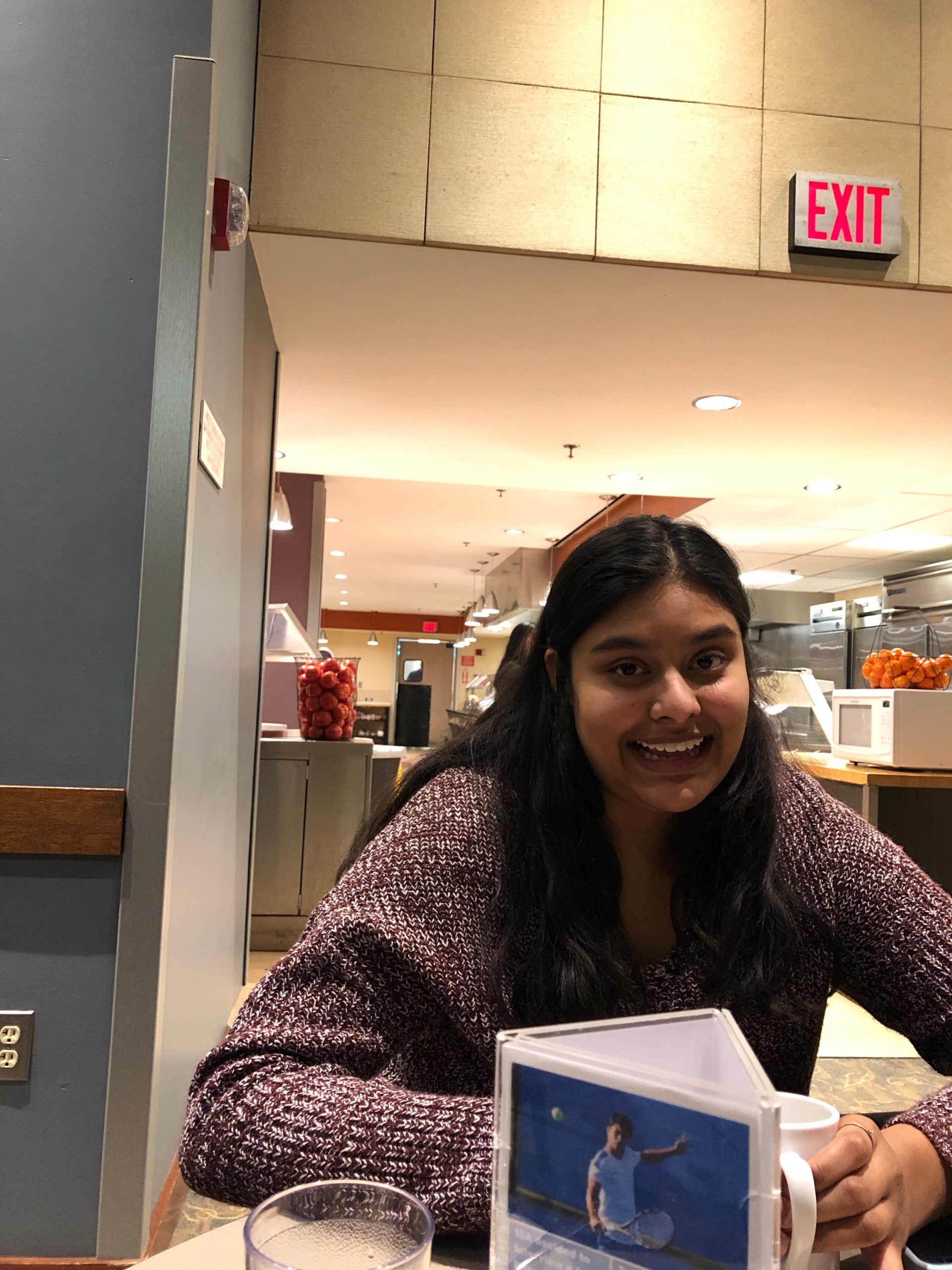By Nikia Johnson
My name is Nikia Johnson and I have served as the Virginia Grassroots Fellow for the Chesapeake Climate Action Network. Growing up in Norfolk, Virginia, I was able to observe the direct impacts that climate change has had on Hampton Roads and the surrounding areas. Sea levels rising has led to constant flooding in the area, which is only becoming worse over time. If climate change continues at its current rate, significant portions of Hampton Roads are expected to be underwater as soon as in the next 10-15 years. This is initially what sparked my interest in the position.
Throughout this fellowship, I have been presented with incredible opportunities to learn more about climate change, the impact it is having on the entire state of Virginia, as well as solutions that are being implemented. Due to the coronavirus pandemic, the bulk of the work I was able to do was virtual. However, through attending both CCAN and other grassroot events (such as SAVE Coalition VA), I was able to meet with people with specific expertise surrounding climate climate change, as well as concerned citizens. This allowed me to understand the issues at hand from multiple different perspectives and form my own opinions regarding possible solutions.
Prior to working for CCAN, I had little experience working behind the scenes in environmental justice movements. I often saw well organized events and protests, but I neglected to consider all the work that happens behind the scenes. For example, my first time phone banking, I was nervous about the way I would be perceived and whether people would want to listen to me. However, the more calls I made, the more confident I felt. This fellowship also provided me with the opportunity to develop my research skills. Since I did not have an extensive background in climate change, it was necessary for me to research various laws and policies being implemented right now and the negative impacts they may be having on the environment. By utilizing these skills, the members of CCAN and I have been able to help organize and facilitate events, as well as connect local residents to these issues through understanding and education.
One particular experience that stood out to me was attending the Virginia Mobility for all Launch. While I knew that car transportation in large volumes is not good for the environment, I was unaware that transportation alone accounts for almost 50% of greenhouse gas emission in Virginia. At this event, several different mobility options were discussed and solutions were proposed to cut down on gas emissions. Some of these solutions included the electrification of cars and incorporating more bus stops/routes.
This event led me to seriously consider why Virginians rely so heavily on their cars. The short answers are convenience and reliability. While taking the bus to your destination in Virginia is certainly doable, it is not necessarily the easiest option. Hampton Roads has the Tidewater Transit, but it doesn’t include very many stops and is not heavily used. I believe that Virginia would benefit from incentivizing public transportation more as well as an increased funding for modes of transportation such as buses and the transit. I plan to use the knowledge I gained from this event as well as the skills I acquired through this fellowship to continue to educate others about this issue and fight for change.
Working with CCAN has also shown me the impact that leadership, determinism, and passion for change can have on the community. I connected with CCAN because of their ability to shine a light on important issues and make them personable. The CCAN team very involved in their work and are dedicated to listening to the community and putting forth the change people would like to see in any way they are able.
Overall, I am extremely grateful for the opportunity to be the CCAN Virginia Grassroots Fellow. I plan to continue being involved with CCAN, and use the knowledge I gained to continue fighting for environmental justice in my own community and at my own school. It has truly been an honor and privilege to work with CCAN and I look forward to seeing the accomplishments that will continue to be made in Virginia and across the nation.


